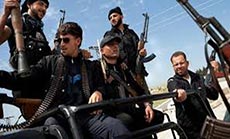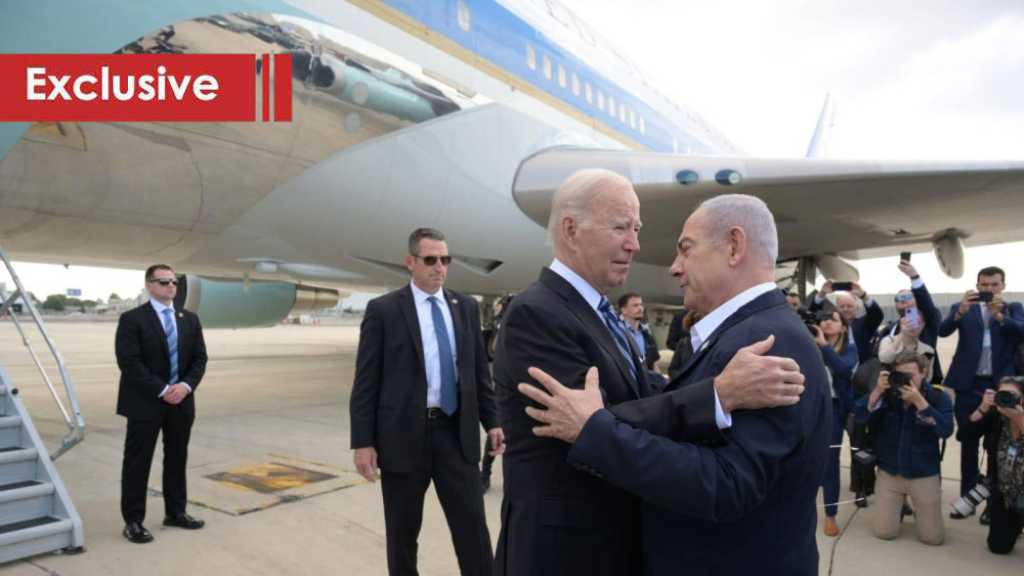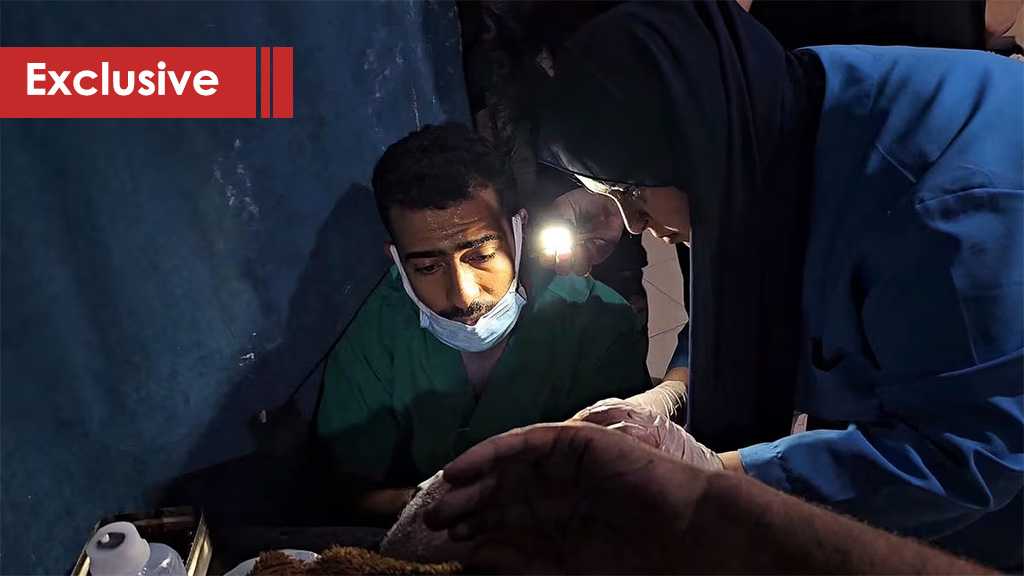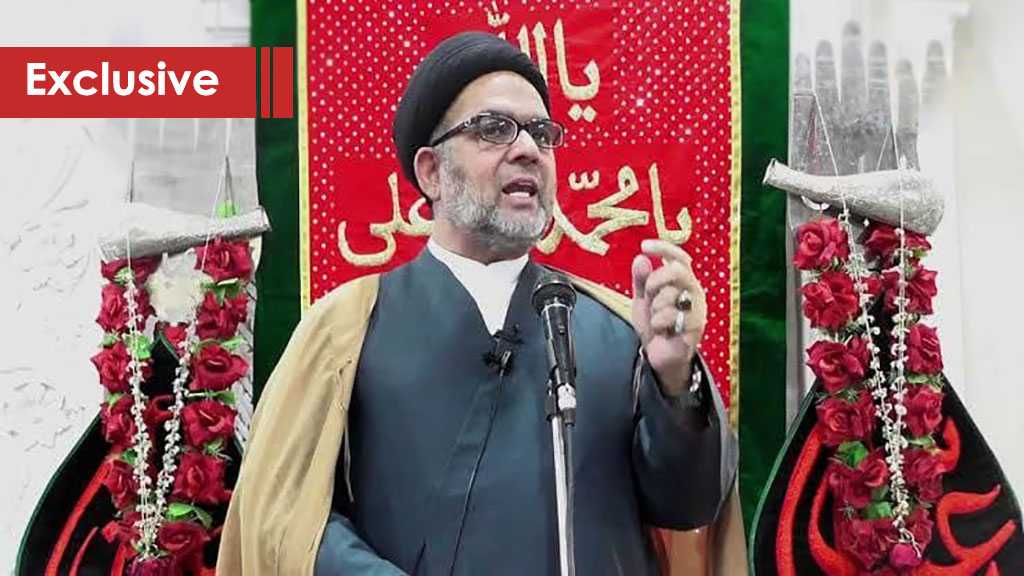
Kassab: The Tale of History, Massacres Bearing Turkish Blood

Hussein Mourtada
Once any Syrian hears the name of the town, Kassab, he directly recalls the beauty of its nature, and fresh air. However, this hasn't lasted.
 In the past few days, Kassab gained the media's attention after being infiltrated by armed groups that sought to commit a new massacre in this border town.
In the past few days, Kassab gained the media's attention after being infiltrated by armed groups that sought to commit a new massacre in this border town.
Kassab, which lies on Syria's northwest slopes, has been historically inhabited by Armenians.
The town's name originates from the Latin word, "Casa Bella," which means, ‘the beautiful town'. The town, which is about 65 km from Lattakia and 3 km from the Turkish border, has a population of 3,500 people. The town, which is known for its beautiful geographical nature, is also famous for the Armenian tragedies.
In 1909, the Turks invaded the eastern border of the town, committing a horrible massacre against its people six years later.
In 1938, the Turkish army re-invaded Kassab and it was annexed to Turkey. Large areas of Kassab were returned to Syria by virtue of the position of its bishops and the majority of its Armenian population after the areas had been pulled apart, while another part of the territory remained under Turkish control.
In the meantime, the rest of the Armenians in Turkey took refuge in Syria after they decided to flee in search of a safe place. Most of them settled in Aleppo and Kassab on the Syrian coast, and the rest of them settled on the island in northern Syria and Damascus.
According to preliminary statistics, the number of Armenian citizens in Syria exceeds 100 thousand citizens, yet all of them hold the Syrian citizenship and enjoy all their rights, in addition to being an essential component of the social and cultural fabric of Syria.
With the beginning of the war on Syria, the armed groups began to target the Armenians in Aleppo on an individual basis, and they set out to burn several churches- of the most important among them being St. Kevork- at the beginning of 2013. This assault was not limited to Aleppo, but extended to several areas in Deir al-Zor and al-Raqqah, until the groups of the so-called "Islamic State of Iraq and the Levant" [ISIL] entered the northern countryside of Latakia.
It was accompanied with twin bombings in the Armenians' neighborhood in Homs, restoring their memories and re-evoking the tragedies of displacement and the massacres in 1915 and what followed. Of course, all of this was under Turkish cover.
The armed groups' attack on Kassab is behind the human tragedies caused by the kidnapping of more than 60 civilians, and killing more than 80 others.
Meanwhile, more than 700 families were displaced from the towns of al-Samra, al-Naba'in, A'in al-Mor, al-Dalba, al-Shajara, and Iskawran- predominantly Armenian towns- wherein they were welcomed in al-Kaydoun building in Lattakia.
It is worthy to mention that the matter did not stop at Kassab, but the town of Mrkdh, (which is predominantly Armenian and located about 100 kilometers south of Al-Hasakah), saw another massacre and other attacks by armed groups affiliated with the so-called ISIL and the so-called "al-Nusra Front."
This is based on the fact that the town contains a symbolic tomb in one of the locations that has undergone the process of liquidation of Armenians by the Turkish military.
With the real purpose of the entry of these armed groups into Kassab and its environs is to commit a new massacre, the military operations observer in the northern countryside of Lattakia knows quite well that the armed groups are not in need of a border crossing with Turkey.
The Turkish army, which facilitated their entry into Kassab and the villages [which are predominantly Armenian within its surroundings], opens all the roads for them on the border. The access to these villages would not have happened if it were not for the direct intervention of the Turkish army with operation units backing fire, direct military intervention, the cooperation of clear intelligence and the Turkish army, along with the armed groups. This is based on the fact that the gunmen carried out horrible massacres previously in the same geographical surrounding and with Turkish provocation.
It is not possible to overlook the Saudi-Turkish harmony that is changing the demographic map to serve the American project in the region, and that these groups are implementing these massacres under a political and military, Turkish-Saudi-Qatari-American coverage. What is intended through it is to re-circulate geography and void the area of several nationalities that make up the fabric of the Syrian national.
Source: Al-Ahed news



